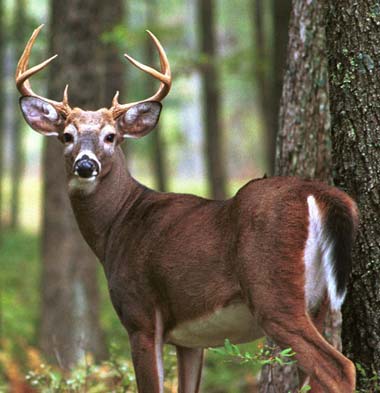 “What we did to protect animals actually protected roads,” said Vermont Agency of Natural Resources secretary Deb Markowitz at a general session at the Northeastern Transportation and Wildlife Conference this week (Sept. 21 – 24) in Burlington, Vermont. In places where culverts had been resized to allow wildlife to walk along the banks during low flow periods, the culverts have held during floods like the one caused by Tropical Storm Irene in Vermont.
“What we did to protect animals actually protected roads,” said Vermont Agency of Natural Resources secretary Deb Markowitz at a general session at the Northeastern Transportation and Wildlife Conference this week (Sept. 21 – 24) in Burlington, Vermont. In places where culverts had been resized to allow wildlife to walk along the banks during low flow periods, the culverts have held during floods like the one caused by Tropical Storm Irene in Vermont.
A documentary on the Highway Wilding project that built wildlife passages along the TransCanada Highway in Banff National Park said that the cost of hitting a moose with a vehicle averages $30,000. Hitting a deer averages over $1,000. It doesn’t take many wildlife collisions to cost-justify a wildlife crossing, the documentary said, and some highway locations are the scene of hundreds of collisions.
Photo: Camera fail. None of my photos of Markowitz speaking even made it onto my camera’s memory card. Here’s her official portrait off the Vermont Agency of Natural Resources website.

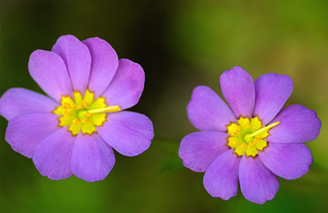 Nineteen new species have been added to Nova Scotia’s list of species at risk, bringing the total listed in the province to 60, according to a
Nineteen new species have been added to Nova Scotia’s list of species at risk, bringing the total listed in the province to 60, according to a 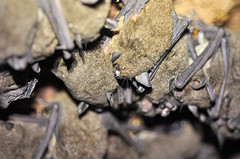
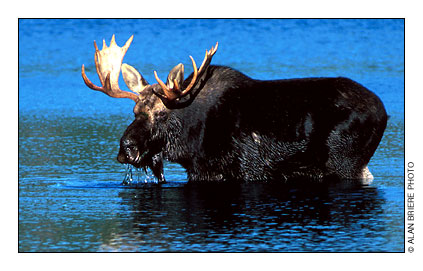
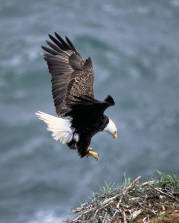 Potent second generation anticoagulant rodenticides (ARs; aka, rat poisons) kill birds, particularly raptors in the United States and Canada. Canada will ban sales of these poisons on January 1, while in the U.S. talk of banning consumers from using the poisons has been around for a while, but never seems to be enacted.
Potent second generation anticoagulant rodenticides (ARs; aka, rat poisons) kill birds, particularly raptors in the United States and Canada. Canada will ban sales of these poisons on January 1, while in the U.S. talk of banning consumers from using the poisons has been around for a while, but never seems to be enacted.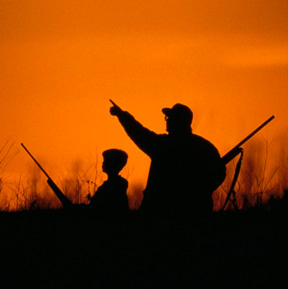 Most of the news from state wildlife agencies across the country this week are about hunting: seasons opening and closing, whether the numbers are up or down for a particular season. For the folks at the
Most of the news from state wildlife agencies across the country this week are about hunting: seasons opening and closing, whether the numbers are up or down for a particular season. For the folks at the 